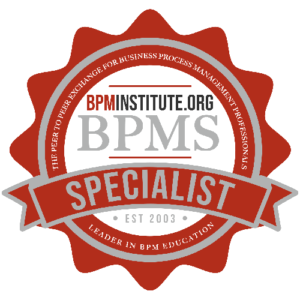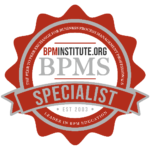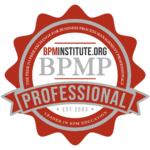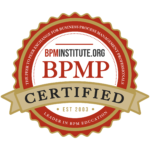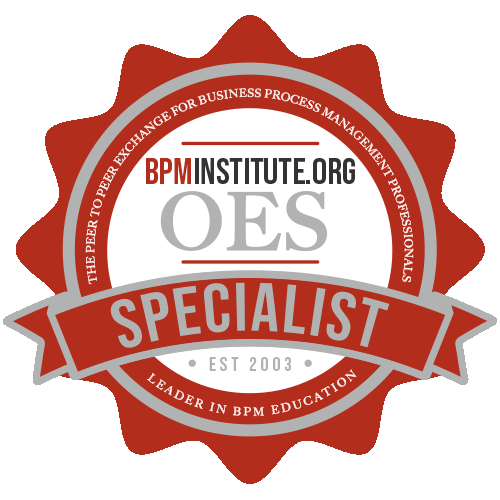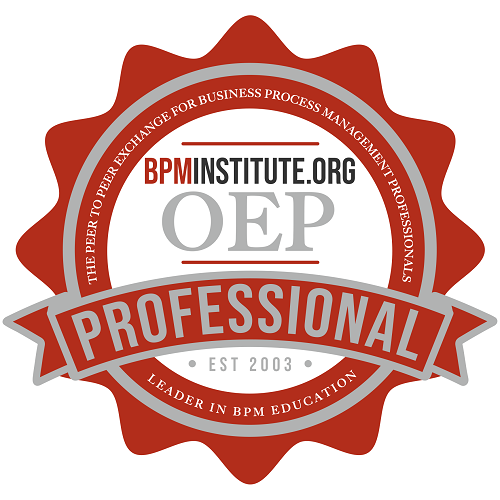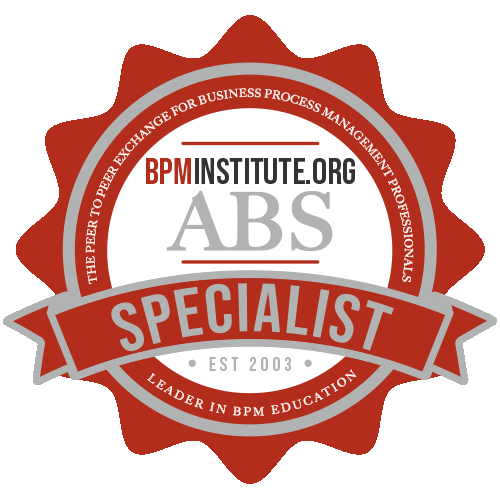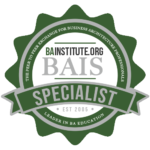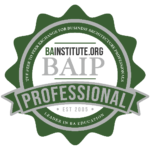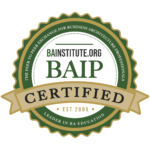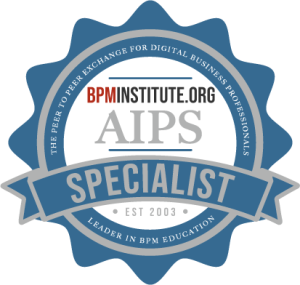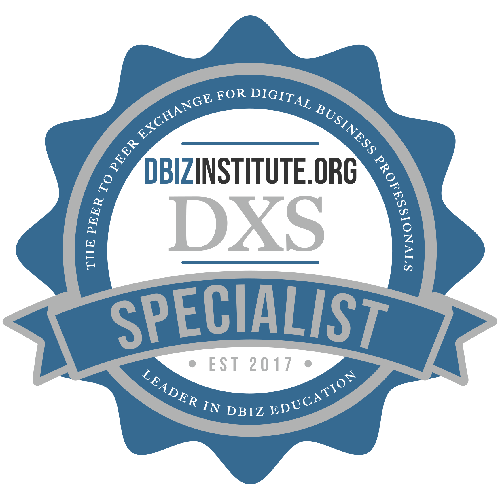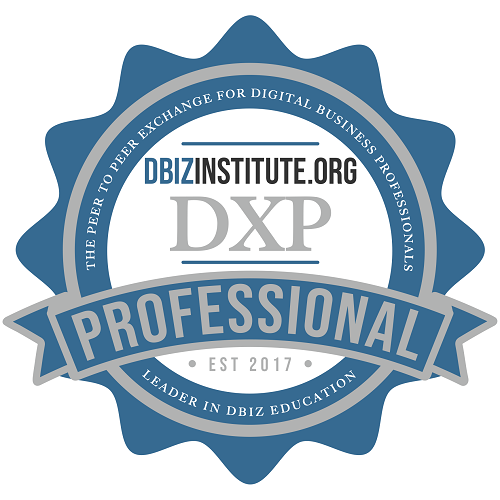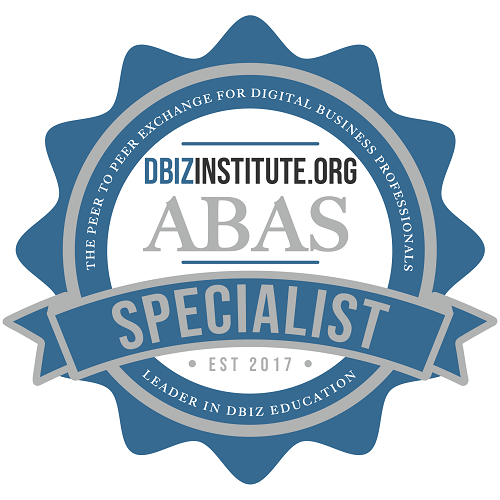If you work in process improvement, business analysis, or operations, you know the hard truth: redesigning a process is only half the battle. Getting people to understand it, support it, and follow through is just as important — and often more difficult.
That’s where communication comes in.
Whether you’re aligning an executive sponsor, updating peers, or helping end users understand a new workflow, you need to communicate what’s changing, why it matters, and what action is expected — clearly and credibly.
And that’s where AI tools like ChatGPT can help you save time, sharpen your message, and boost your impact.
AI won’t do the thinking for you — but it can help you prepare better communications, faster, with less mental load.
This Isn’t One Document — It’s a Type of Communication
Let’s be clear: there’s no official deliverable called a “process change summary.” What we’re talking about is a type of communication that you’ll need to create repeatedly throughout your project:
- To align stakeholders before design begins
- To update peers or execs midstream
- To prepare for rollout and adoption
You might deliver it as an email, slide, talking points doc, or discussion outline. The format changes, but the job is the same:
Explain what’s changing, why it matters, who it affects, and what people need to do.
When to Use This Approach
There’s no single project phase where this fits. Instead, use AI to support communication anytime you need to:
- Build buy-in
- Reduce resistance
- Clarify what’s happening
- Share progress or outcomes
AI can help you draft that communication more effectively, especially when you’re short on time, stuck in your own head, or preparing multiple versions for different stakeholders.
How to Use ChatGPT to Draft Process Change Communications
Here’s how to get started:
Step 1: Gather Inputs
You’ll need a few key details:
- A short explanation of what’s changing
- Why the change is being made
- Who the audience is (execs, peers, end users)
- What action (if any) is expected
Optional inputs:
- Before/after process steps
- Common stakeholder questions or objections
- Internal examples of tone or format to match
Step 2: Try Prompts Like These
“Write a one-page announcement explaining a process change to our frontline team. Keep it simple, clear, and explain why we’re making the change.”
“Create three versions of this message: one for executives, one for team leads, and one for impacted employees.”
“Turn this bullet list into a narrative walkthrough of the process change. Include the goal, impact, and who’s affected.”
Step 3: Iterate and Adjust
- Ask for tone shifts: “Make this more confident” or “Make it sound like our CEO.”
- Add FAQs or talking points for follow-up discussions
Request visual formats: “Turn this into a table comparing old vs new roles.”
Real-World Example
One practitioner we interviewed redesigned a vendor onboarding process. Before rollout, she used ChatGPT to:
- Create an email for execs focused on cost savings
- Draft a 3-bullet summary for team leads
- Generate a simple FAQ for affected departments
All based on the same input — saving her hours while increasing clarity and reducing rework from unclear messaging.
Summary & Recommendations
AI isn’t going to replace your communication strategy — but it can absolutely help you get out of the blank page zone, tailor your message to each audience, and look more prepared at every stage of a project.
You don’t have to wait for rollout. You don’t need a template. You just need:
- A clear understanding of what’s changing
- An idea of who you’re talking to
- And a willingness to use AI as a thinking partner, not a magic wand
The more you use it, the faster and sharper you’ll get
By applying this technique alone, process professionals told us they saved between 4 and 8 hours a week — and increased stakeholder alignment dramatically.




